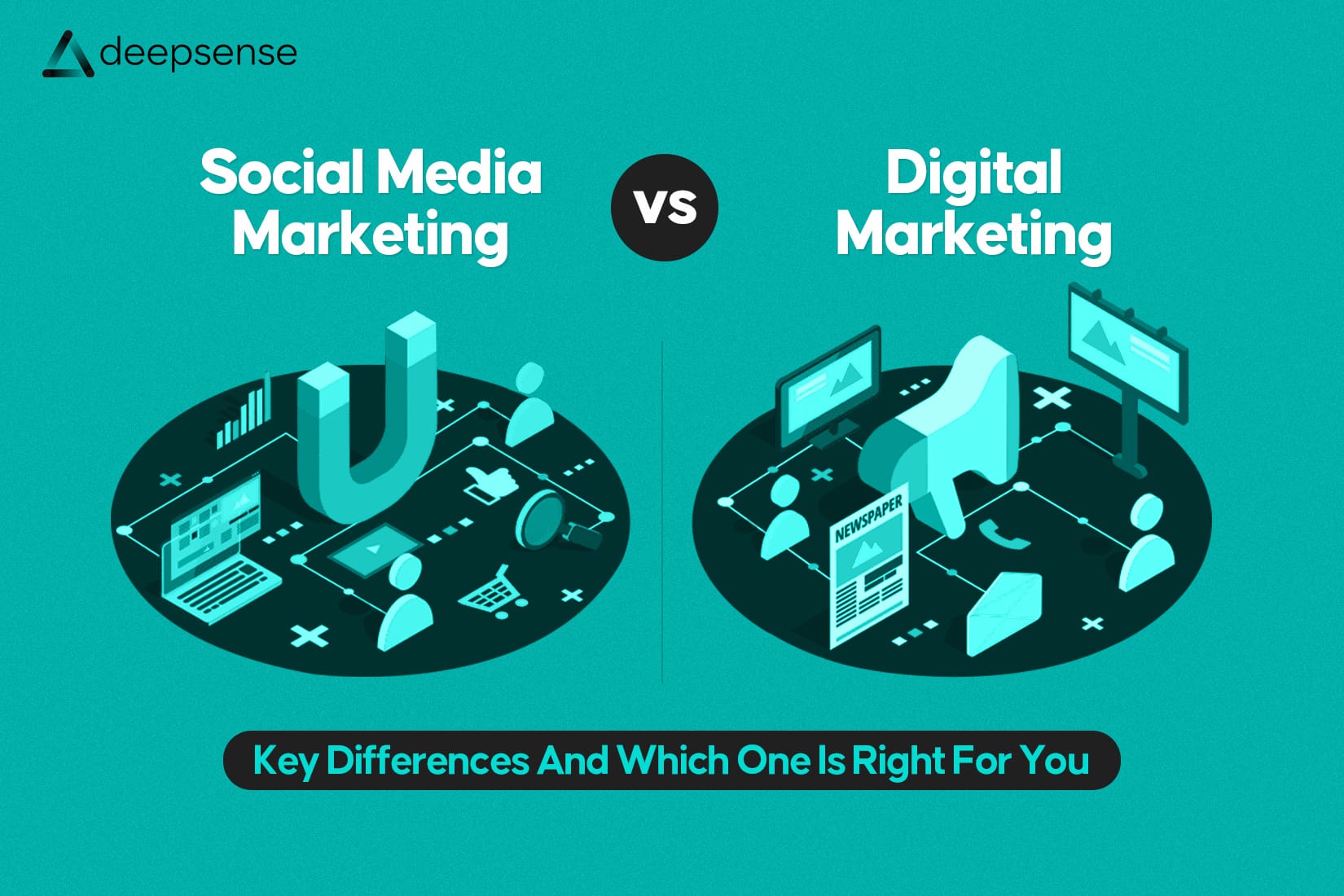If you’ve been scrolling through social media lately, you might have come across the mesmerizing “Ghibli Trend.” Inspired by the magical worlds of Studio Ghibli, this trend takes over everyday videos and photos, transforming them into dreamy, nostalgic scenes reminiscent of classics like Spirited Away, My Neighbor Totoro, and Howl’s Moving Castle. But while the aesthetic is undeniably beautiful, there are a few reasons why jumping on the Ghibli Trend bandwagon may not be the best idea.
What is the Ghibli Trend?
The Ghibli Trend involves using AI tools and heavy filters to alter images and videos, making them look like they belong in a Studio Ghibli film. This trend has taken over platforms like TikTok, Instagram, and Pinterest, with users adding soft, golden lighting, lush green landscapes, and whimsical details to their surroundings. The goal? To create a sense of nostalgia and escape into a fantasy world where everything looks peaceful, poetic, and surreal.

Recreation of the famous bollywood train scene of Shah Rukh Khan and Kajol from the movie Dilwale Dulhania Le Jayenge.
Why are Ghibli Photos Popular?
- Aesthetic Bliss – The Ghibli aesthetic is soft, warm, and visually pleasing, making everyday scenes look enchanting and dreamlike.
- Nostalgia Factor – Many people grew up watching Ghibli films, and this trend taps into childhood memories of magical worlds and simpler times.
- Escapism – In a fast-paced, often stressful world, the idea of living in a Ghibli-inspired setting feels like a comforting escape.
- Social Media Appeal – These stylized images and videos perform well on social media, attracting likes, shares, and engagement.
Why You Should Think Twice Before Trying It?
While the trend is harmless fun for some, there are a few important concerns worth considering before diving in.
1. Privacy and Cybersecurity Risks
Experts in cybersecurity warn that the extensive distribution of pictures for Studio Ghibli-style portraiture poses significant concerns, especially in terms of deepfake manipulation, digital identity theft, and unapproved data exposure.
Sharing such images would voluntarily give high-quality data to Large Language Models (LLMs) like Grok3 and ChatGPT from OpenAI, in addition to exposing one’s privacy. Additionally, it’s possible that the haphazard websites that offer Ghibli-style image modifications lack the necessary safeguards to protect user-uploaded photos. This poses a serious risk to personal security since it may lead to photos being saved, used, or even sold without permission.
2. Miyazaki’s Concerns About AI & Technology
Hayao Miyazaki, the legendary founder of Studio Ghibli, has expressed deep concerns about AI-generated art and the overuse of technology in creative fields. He has often criticized the lack of human touch and emotional depth in AI-produced works, emphasizing that true artistry comes from human experience, effort, and emotion. By relying on AI filters to create a Ghibli-like aesthetic, we might be disregarding the very principles of hand-crafted animation and storytelling that make Studio Ghibli films so special.
3. AI & Over-Editing Can Create Unrealistic Expectations
The Ghibli Trend relies heavily on AI-based tools and intense editing, leading to an unrealistic portrayal of everyday life. Over time, this can cause dissatisfaction with reality, as real-life settings will never match the perfection of these digitally altered images.
4. It Distorts Our Perception of Beauty
Much like airbrushed beauty standards, Ghibli-style filters set an unattainable expectation for how our surroundings should look. This can create a sense of inadequacy and dissatisfaction with real-world landscapes that aren’t as “perfect.”
5. The Risk of Losing Authenticity
Social media already encourages curated, polished versions of reality. When everything is transformed into a cinematic dreamscape, we risk losing appreciation for the raw, unfiltered beauty of the real world. Life is beautiful in its imperfections, and over-filtering may make us forget that.
6. Cultural and Ethical Concerns
Studio Ghibli’s art style is deeply rooted in Japanese culture and storytelling. While the trend celebrates this aesthetic, some argue that applying it to random content without understanding its depth may reduce it to just another fleeting social media trend.
7. Overuse of AI Tools & Copyright Issues
Many of the AI tools used to achieve the Ghibli effect pull from existing works of art, raising concerns about originality and copyright infringement. Additionally, relying too much on AI for creative expression can take away from genuine artistic efforts.
How to Make a Ghibli Image?
If you’re still interested in creating a Ghibli-style image, there are AI-powered tools available online that claim to transform your photos into Studio Ghibli-inspired artwork. Some of these include:
– AI-powered filters on editing apps like Prisma, Lensa, and ToonMe.
– Photoshop techniques that mimic the soft lighting and hand-drawn aesthetic.
– Online tools specifically designed for anime-style transformations.
However, before using any platform, make sure to check their data privacy policies and understand how your uploaded images may be stored or used.
Final Thoughts
In the age of digital transformation, trends like the Ghibli aesthetic remind us how powerful AI has become in shaping online culture. While it’s fun to experiment with these creative tools, we must remain mindful of how we share our personal images and data. The photos we upload are more than just pixels; they are pieces of our identity, and once they enter the digital sphere, they are no longer entirely in our control.
Before participating in trends that require personal photographs, consider the long-term implications. Does the platform protect your data? Are you comfortable with the possibility of your image being repurposed? As we continue to blend reality with digital artistry, let’s ensure we do so responsibly, valuing both our privacy and the authenticity of the moments we capture.
Would you still try the Ghibli Trend, or do you prefer to keep the fantasy on screen? Let us know in the comments!
FAQs
1.Why is Ghibli trending?
The Ghibli trend has gained popularity due to OpenAI’s GPT-4o model, which allows users to transform their photos into images reminiscent of Studio Ghibli’s animation style. This feature has captivated social media users, leading to widespread sharing of “Ghiblified” images.
2.What is the Ghibli AI trend?
The Ghibli AI trend involves using artificial intelligence, specifically OpenAI’s GPT-4o, to convert personal photographs into illustrations that emulate the distinctive art style of Studio Ghibli films. This trend has become a viral sensation, with users worldwide participating.
3.What is the Ghibli-style trend?
The Ghibli-style trend refers to the online movement where individuals use AI tools to recreate their photos or other images in the artistic style of Studio Ghibli. This trend celebrates the studio’s unique aesthetic and allows users to engage creatively with AI-generated art.
4.How did the Ghibli trend start?
The trend began when Grant Slatton, a software engineer from Seattle, shared an AI-generated image of his family in the Ghibli style on social media. The post went viral, inspiring millions to create and share their own Ghibli-style images using AI tools.
5.Why is Ghibli so famous?
Studio Ghibli is renowned for its captivating storytelling, richly developed characters, and distinctive hand-drawn animation style. Films like “My Neighbor Totoro” and “Spirited Away” have garnered international acclaim, contributing to the studio’s global fame.
6.How to do the Ghibli trend?
To participate in the Ghibli trend, users can utilize AI-powered image generation tools, such as those offered by OpenAI’s GPT-4o, to transform their photos into Ghibli-style illustrations. By uploading a photo and selecting the Ghibli style, the AI processes the image and produces a stylized version that can be shared on social media.











